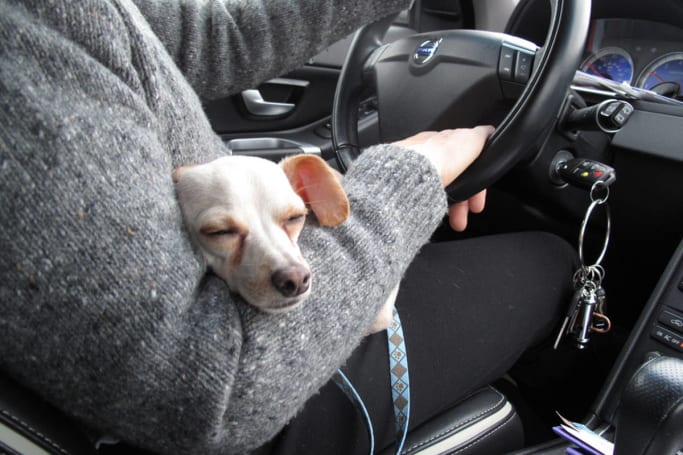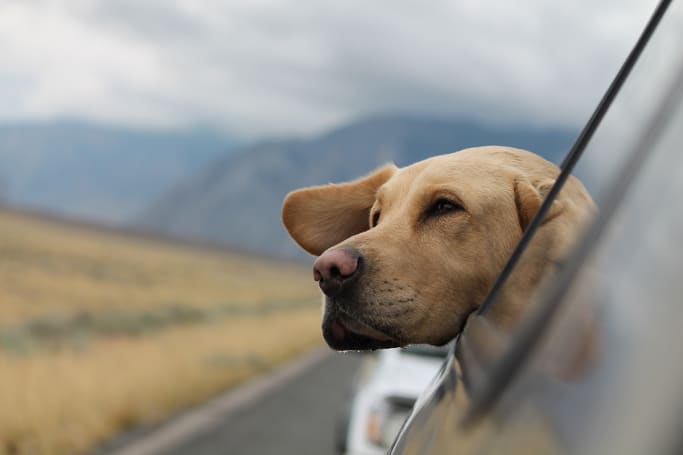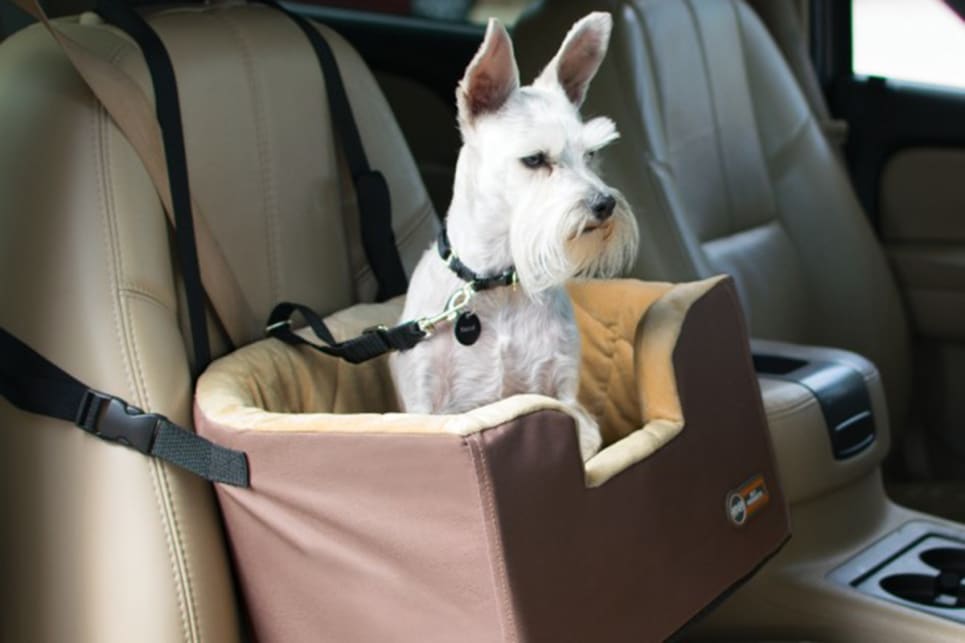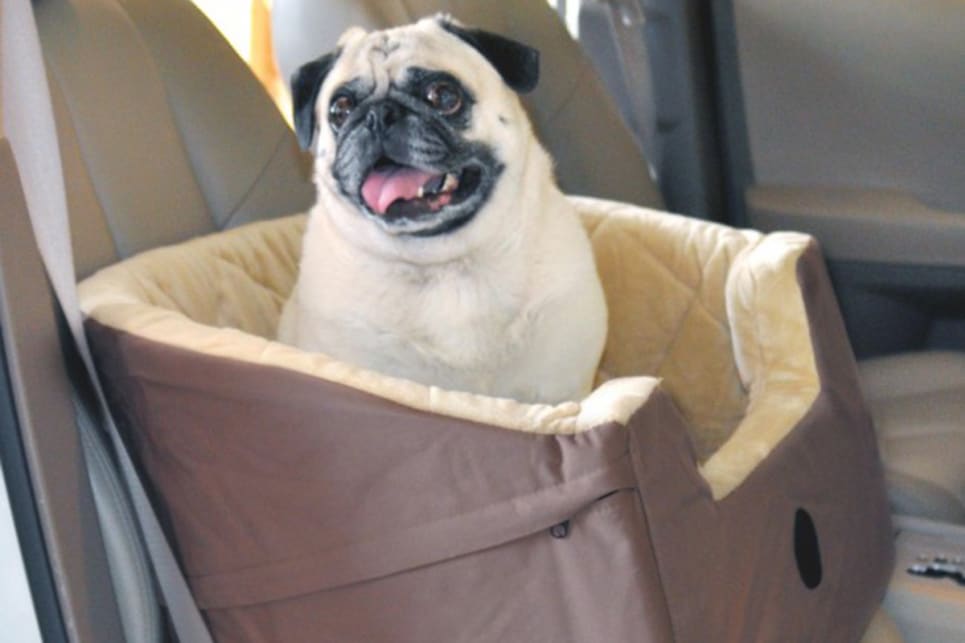
How to choose the right dog car seat for your car

Our four-legged furry friends are a big part of our lives, and more and more people are taking their dogs along with them on family days out and other adventures.
And it’s not just on long trips where a dog booster seat could come in handy – there’s always that trip to the vet or the puppy day spa to consider.
Let’s look at some dog car seats, with an emphasis on Australia and its rules and regs.
Rules and regulations
Above all else, safety needs to be the first priority for you, your passengers and your pooch, so let’s have a look at some of the dog car booster seat options and how they can fit in with your lifestyle.
When it comes to laws around pet car seats, there are few specific rules that apply to pets themselves, but those rules are all encompassing.
Fundamentally speaking, as a pet owner you have a legal obligation to care for your animal and its welfare, and if your actions lead to injury, you could be prosecuted and fined by animal welfare bodies like the RSPCA.
This encompasses dogs riding in or on vehicles. If they get hurt, it’s your fault.

When it comes to police rules and laws, the overarching regulation comes down to how your animal is secured inside the car. As the driver, you are obliged to ensure that all passengers and cargo (ie your dog) is safely secured.
An unrestrained dog is a drama on a number of fronts, not least because of the possibility that the driver could become distracted or even disabled by a dog in the wrong place at the wrong time. And can you imagine if your little furry friend jumped out of the window!?
Whether it’s in the back seat or the front seat, your puppy needs to be secured, not only for its safety, but for yours and your passengers as well.
There are no specific standards that apply to the fitment of even large dog seats, other than the basic requirement that objects within the vehicle being secured in such a way as to not impede the driver.
In a similar vein, there are no Australian Design Rules standards applied to dog car seats as there is with, say, infant car seats. The old adage that you get what you pay for applies here, and actually viewing and trial-fitting a seat at a pet store may be preferable to simply ordering one from an internet retailer, sight unseen.
Dog Car Seat Types
One option is to use a pet car seat. The concept of a small dog car seat (or even a medium dog car seat) is similar to that of a booster seat for a growing kid. It allows your animal to sit up a little bit higher to see out of the window – by the way, the old ‘dog out the window’ thing is technically illegal, thanks to laws forbidding objects from protruding from car windows – while keeping them tethered in the one spot.

Dog car seats come in different styles, but share the same fundamental characteristic; they are secured to the car seat by seat belts, and the animal is then tethered inside the seat.
For smaller dogs, soft-sided box-style seats are a good option, especially if your dog is happy to stay put in one place. US brand K&H sells a version of a dog car seat box that can be secured to the car via a proper seat belt, which is much more preferable as it ensures the dog seat doesn’t move while you’re driving, and offers much more security in case of a crash.
Brands like Solvit, too, offer seats that are secured around the car seat via intergral straps and actually elevate the dog off the car seat base. The dog is then restrained in the box with harness type fittings.
The company’s largest model is suited only to doggos up to 8kg in size, however – and this is a pretty good point to keep in mind, as well. Dog car seats are really best suited to small and medium dogs; a large dog of 10-15kg needs a large seat to be comfortable, while the straps included in most seats simply won’t be strong enough to restrain a large dog in the event of a crash.
The same goes for a 2 dog car seat. Having two dogs in close proximity will require a very large box, and the risk of injury to one or both in the case of a crash is much higher.
And don’t be tempted to place any kind of dog car seat on the console of your car, unless it has been custom-made to be secured firmly in place.
Conclusion
Dog car seats are best suited to smaller puppers, and please make sure you try before you buy. A dog that's unhappy in his or her dog car seat is much less likely to actually stay in it, which puts pooch and people at risk.
We recommend visiting your pet store or vet for first hand advice before deciding which is the best way to let your four-legged (or even three-legged) best friend come along for the ride.










Comments